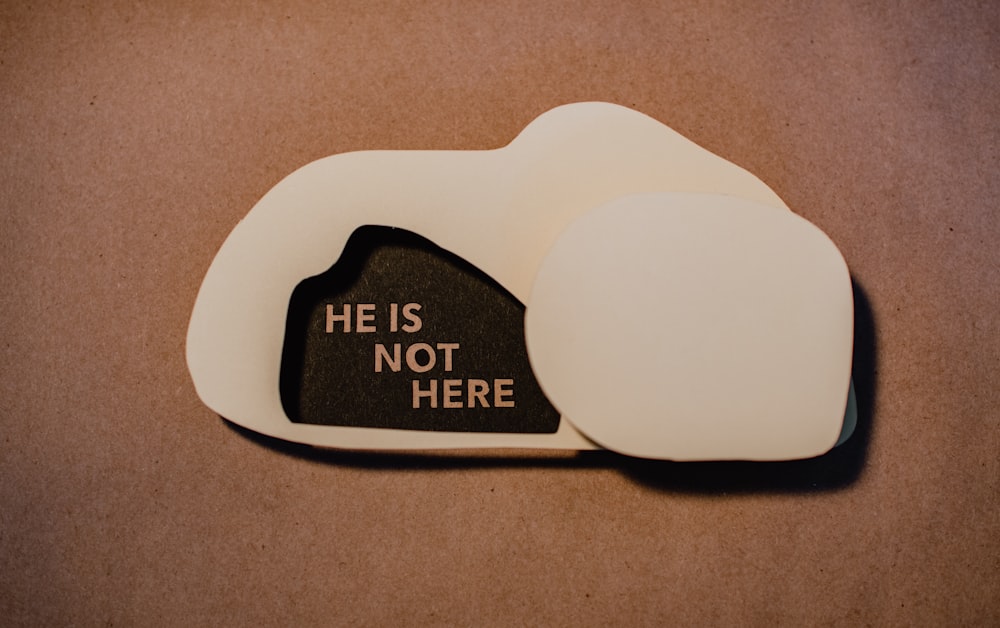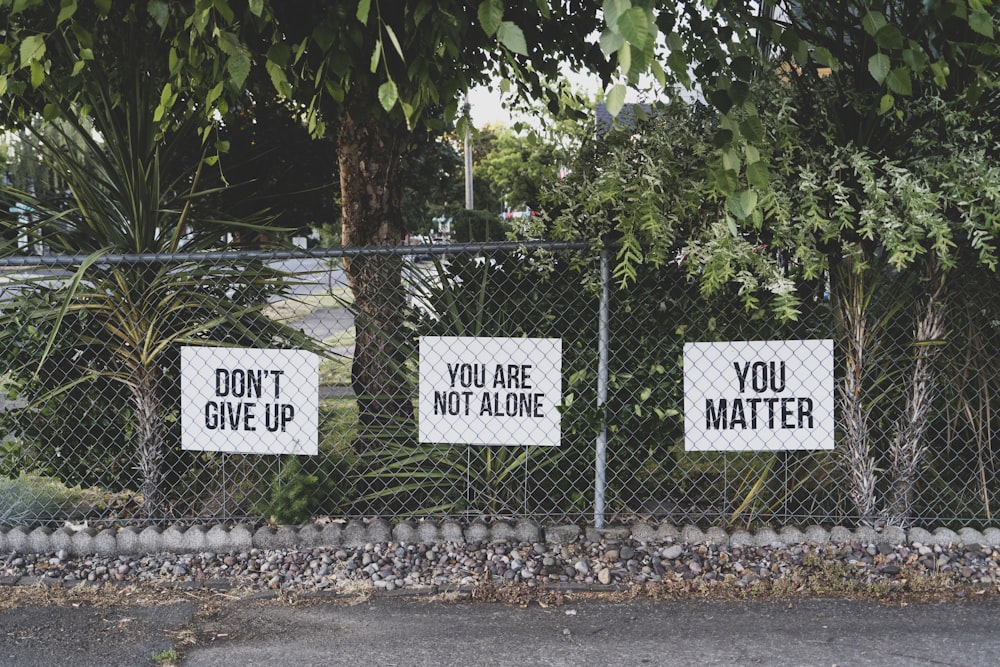"You will never be free from the words that you have written." The director of the Inchon Diocesan History Research Institute begins his article in the bulletin of the Institute with these words.
They were the words of his mentor after examining the dissertation for graduation from the university. "These first concerns that have appeared in your studies for the dissertation will remain with you in your journey in life." And that was the case. He has over the years written and lectured much but the subject of the dissertation, even though shabby, has always accompanied him along the way, refined but always present.
The forgotten 'prophecy' came to his mind again while creating a history museum in the Inchon Diocese not too long ago. He remembered an old missioner Fr. Joseph P. McCormack his Korean name was Ko Joseph, a member of the Maryknoll Mission Society.
Unlike Fr. Benedict Zweber, Jim Sinnott Mike Bransfield and their fellow Maryknollers who worked in Inchon and were well known, Fr. McComack was only remembered as the first pastor of a Chinese parish in Inchon.
He was born in Ireland in 1898 and immigrated to the States in 1915. He arrived in the States with his parents, not your ordinary immigrant. He worked to make money to pay his way to night school, at that time the Irish were treated coldly in the States which made life all that more difficult. From now on, the long journey begins.
Entering Maryknoll in 1918, he became a citizen and was ordained on June 15, 1924. He was assigned to Fushun, appointed Local Superior there in 1929 and Society Superior in 1930. He attended the Second General Chapter in Hong Kong in 1936 as Society Superior for the Fushun Mission. Interned at Fushun at the outbreak of war in 1941, he was repatriated aboard the Gripsholm in August 1942. He worked in the area of Temuco, Chile from 1943 to 1945 and returned to Manchuria in 1946. The Chinese Communist advance forced him to move from Fushun to Peking to Shanghai in 1949. Arrested in Shanghai, after 10 years in prison was released in June 1958 and returned to the United States. He then knowing Chinese was called to work in the Inchon Diocese and at 60 became the first pastor of a Chinese parish.
His failing health and advancing years brought him back again to the States, after working at the Chinese Mission in Inchon, Korea from 1960 to 1969.
At this point in time the teacher's words had almost disappeared. It's a long and tiring journey, but it's a fate that missionaries have to bear. It was during his last years in Korea that Fr. Joe had to deal with the anti-immigrant affairs of the Park Chung-hee regime and the beginning of the end of China Town. Many returned home. Some of the old people who were not able to return home lived with Fr. Joe in the rectory without any plans for the future.
In the history of the diocese it was listed as the first Chinese old age home but it was an old missionary living together with the old Chinese who couldn't return home to China. This reckless living together ended in 1968 when Fr. Joe's health gave out. In fact, he made a long journey to the beginning of his migrant life. He was back to his early years as an immigrant who couldn't bear to turn away from immigrants.
The director of the History Research Center wonders what is in his heart that he hasn't lost. There is something he can't leave like the prophet Jeremiah: "If I say, I will not mention him, or speak any more in his name, there is in my heart as it were a burning fire shut up in my bones, and I am weary with holding it in, and I cannot" (Jer. 20:9).






